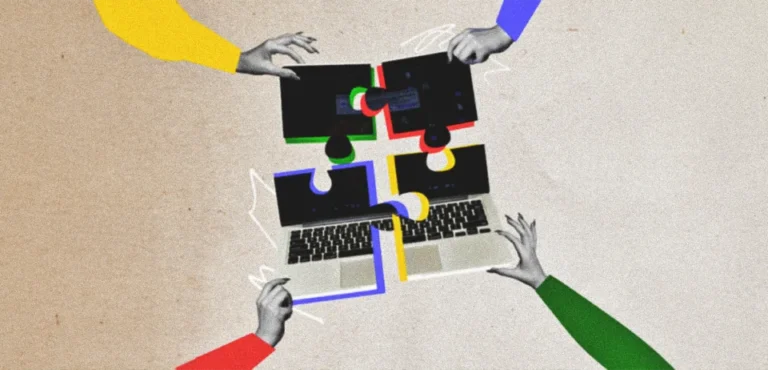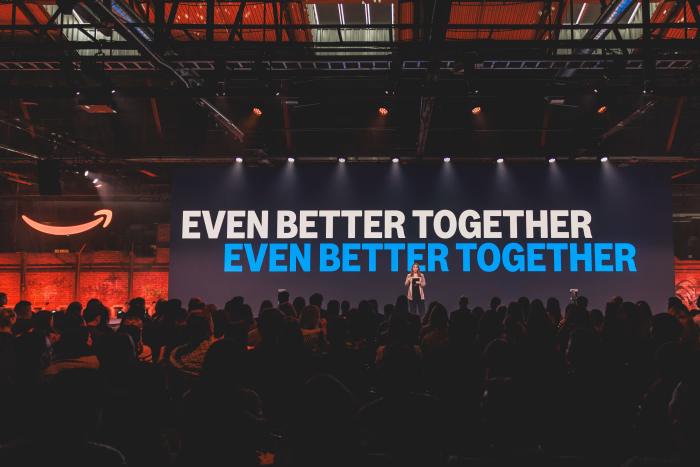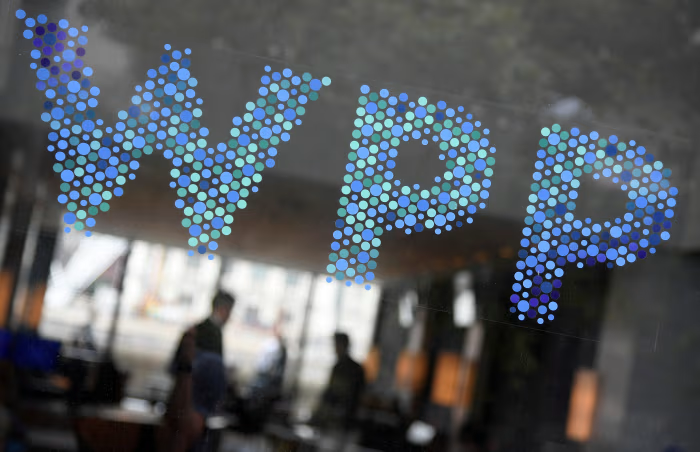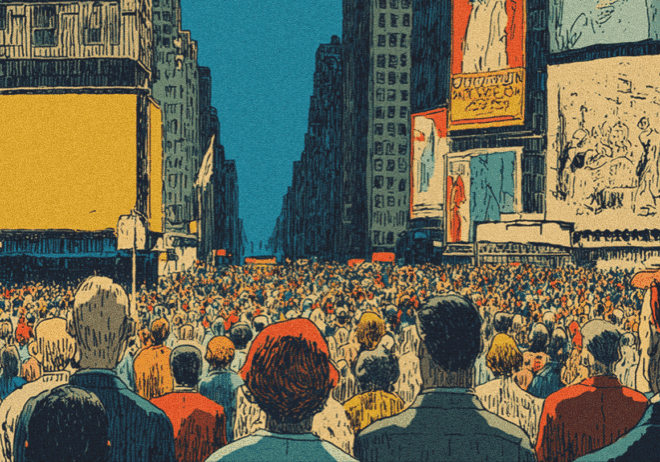
Advertising Management Tools 2025: Real Results vs. AI Hype
The struggle for attention has never been louder—but in 2025. The smartest advertisers do not turn up the volume; instead, they turn the signal on. A new group of advertising management tools helps embed ads in feeds and streams, anticipating what you want before you want it.
Not every promise is kept. Some platforms masquerade as “AI genius” applications, draining budgets on flashy dashboards, while simpler smart applications are quietly proving their worth.
This guide helps you decipher heroics from buzzwords and showcases what is simply real, what is plainly hyped, and what works in advertising management today.
The reality: What is effective in Ad management tools in 2025
All the noise in advertising around AI is certainly loud, but not all of it is noise. There are a few tools that are slowly changing how ads are created, distributed, and analyzed—these tools are moving the needle and not simply offering false hope.
1. Hyper-personalization & predictive analytics
AI anticipates customer needs and wants before they even realize them—it powers product recommendations, restock reminders, and timely discounts. Dynamic Creative Optimization (DCO) goes one step further by optimizing each headline, image, and CTA in real time, boosting conversion rates.
2. Efficiency from automation
Automation makes campaign management faster and more efficient, cutting out all the grunt work. From A/B testing to budget allocation, brands can rely on tools like Omneky and quick omni-channel campaigns—while marketing teams focus on strategy and storytelling.
3. Co-creation tools for smaller companies
Small businesses can now create ads without having a big design team. With things like ACAI and Predis.ai, you input a prompt, and the system generates ads, it generates social posts and schedules, and lets you predict the performance while maintaining brand voice.
4. Real experiences
Amazon’s Creative Assistant helps small businesses create ads in minutes, while Coign produced a full AI-generated TV spot for 1% of a traditional cost. Meanwhile, Netflix embeds AI-driven ads directly into the shows—heralding the next evolution of immersive advertising.
The hype trap: What is (not yet) working or overpromised
Not every shiny AI solution in marketing is proving its worth. Some of them sound magical but are still too risky, still too early, or just too impractical. This is where the hype still outweighs the value.
1. Full Automation Isn’t a Silver Bullet
None of them replace human oversight when it comes to creative, strategy, or brand voice. Full automation often produces mediocre generic and automatically tweaked ad copy, referred to as “AI slop” by some. It is clear that data and nuance still matter.
2. Privacy & First-Party Data Gaps
Many AI tools are rendered ineffective by the phasing out of cookies and stricter consent requirements.
Brands that haven’t established solid first-party data (and data privacy awareness) pipelines struggle to provide inputs for the AI system, resulting in outputs that don’t align with brand voice or relevance.
3. Tool Fatigue & Fragmentation
Too many platforms result in higher costs, integration issues, and fragmented data. Many AI startups are leveraging marketing buzzwords without measurable ROI; all you get is novelty without value.
4. Cost vs. Value Misalignment
High-end multimodal tools (video, audio, personalization tools) may be good, but costs often outweigh value, and resource excess often is not justified. Simply and sharp messaging provides better results than lengthy animated AI-generated ads.
What to consider when deciding on Ad tools in 2025
With numerous ad tools claiming to “revolutionize” their platforms, selecting the best one can be daunting. In reality, few options are well-matched to your brand, and not every shiny new AI option is worth the price.
The best tools provide a level of automation while offering human oversight, present genuine measurements of performance, and work within the confines of ethical advertising. Here is a quick list you can use to feel grounded in your decision:
- Transparency & control over creative: Don’t use generic AI outputs; ensure your ads align with your brand voice.
- Data ownership & integration: Use first-party data ethically while complying with privacy regulations.
- Real metrics, not vanity metrics: Think in terms of ROAS, conversions, engagement, not likes or impressions.
- Scalability & flexibility: Select tools that can scale across multiple social channels and allow you to control your manual overrides.
- Cost relative to a learning curve: Balance robustness with usability. If a tool is too complex, it’s not worth the effort; power is wasted if it is too difficult to execute.
- Mitigate ethical & brand risk: Safeguard against deepfakes, biases, rim-shot ads & tone-deaf campaigns.
Recent examples: What they did, what worked, lessons learned
Let’s put some meat on the bones of the theory with some recent cases
Amazon’s new Creative Studio: As part of its advertisement platform, uses generative AI tools to enable advertisers (especially small-medium businesses) to create multimedia advertisements faster. Speed and lower cost are important in early experiences (Bird Buddy, etc.). However, depending on the creator, content is manually verified and watermarked, creating some method of assurance.
Coign’s credit card advertisement: A fully AI-generated TV advertisement produced in half a day. The cost savings are enormous, but the ad demonstrates some trade-offs that are implied in “(any) AI”—the richness of creativity, whether the audience is aware or rejects purely synthetic people or voices. The greater debate is the branding versus cost trade-off.
WPP acquiring InfoSum: This presents the underlying theme that data collaboration/privacy-safe data collaboration is key. To fuel AI, you need trusted data. It may not be as sexy as creator tools; however, it is critical.
What’s real vs. what’s mostly hyped
As we approach the year 2025, there are some pretty clear “real” winners in terms of advertising tools: hyper-personalization backed by predictive technology, automation that frees up human teams to think strategically, and co-creation platforms that allow even the smallest of businesses to produce high-quality ads. Real-life examples—Amazon’s Creative Assistant, or Netflix’s earlier experiments with ads that live in the programming—provide proof that the research is solid, AI is being utilized, and there is measurable ROI being produced.
As for “mostly hype,” we are still inches deep. Entirely hands-off automation, seamless attribution, a standard for VR or AR ads—it is safe to say those are more “pitch-deck” ideas than usable ads. Privacy challenges, not enough linear “rule of thumb” for the multitude of tools, and cost make most “scalable” AI experiments difficult for brands to capitalize on.
Understanding what is real and what is “coming soon” will be the most important part of 2025. Use what works today, and cautiously keep the innovation closest to the vest.
Keeping it human: Suggestions for creators & marketers
AI broadens reach, drives automation, and speeds targeting—but it’s people who develop great ads. The heart of marketing is still the same: understanding humans, developing authentic stories, and establishing trust. Harness the tools, but don’t become soulless.
- Understand your audience: Delivery is provided by tools, but it’s your job to know what motivates, frightens, and excites.
- Deliver emotional relevance: Authenticity and storytelling are exponentially important; automation is secondary.
- Test small, fail early: Experiment in low-risk ways before scaling campaigns.
- Measure other things besides clicks: Recall of the brand, if it moves sentiment, and brand lift—not just CTRs.
- Manage your risk: Always reread AI-generated work to mitigate risks such as bias, ethical concerns, and insensitivity.
Cut to the chase
Achieving great advertisements isn’t just about the tools. The secret lies in real insights and authentic storytelling.
AI may help you scale and optimize, but keep people at the center. Concept and test the ideas, learn, and measure what matters. Are you ready to reinvent your campaigns? Combine human creativity with smart tools today.




